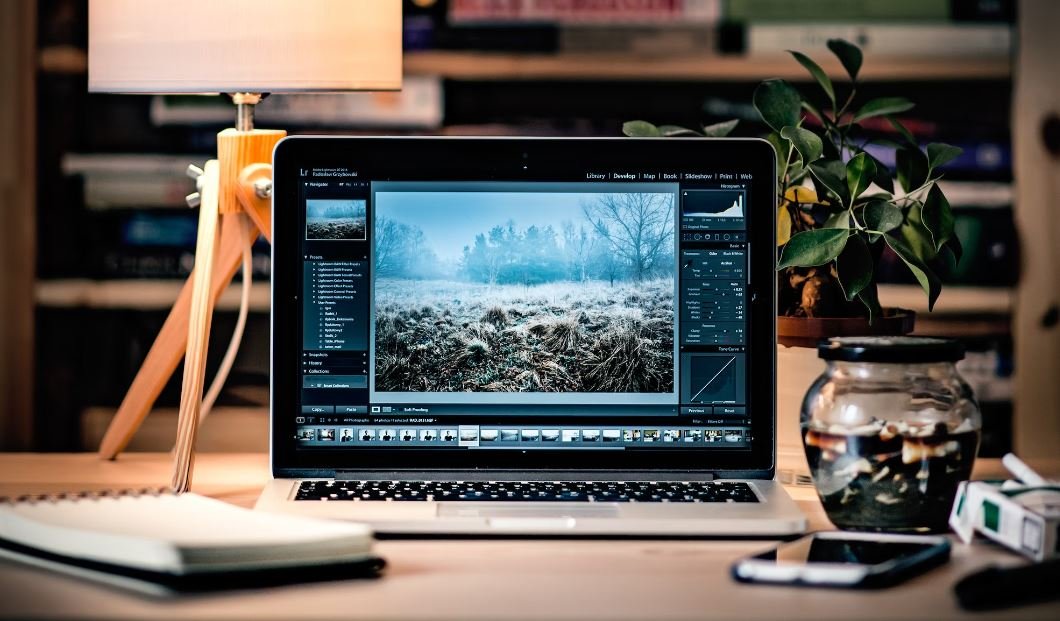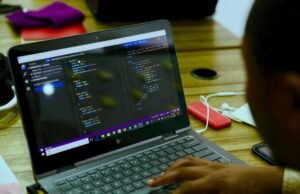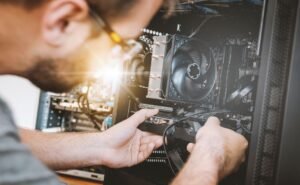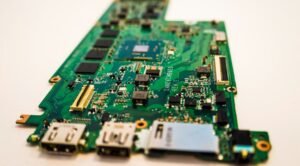AI Tools Which Can Generate Images
Artificial Intelligence (AI) has made significant advancements in the field of image generation. With the help of sophisticated algorithms and deep learning techniques, AI tools are now capable of producing realistic and high-quality images. These tools have vast potential in various domains, including design, entertainment, marketing, and more. In this article, we will explore some popular AI tools that can generate images and discuss their features and applications.
Key Takeaways:
- AI tools can generate realistic and high-quality images.
- These tools have applications in design, entertainment, marketing, and various other domains.
- Popular AI tools include DeepArt, Deep Dream, and DALL-E.
1. DeepArt
DeepArt is an AI tool that uses neural networks to transform ordinary images into stunning artistic masterpieces. By applying various artistic styles to existing images, DeepArt offers a unique way to create visually appealing compositions. The tool’s algorithm analyzes the content and style of the input images and applies the chosen style to generate the final artwork. DeepArt has gained popularity among artists, designers, and social media enthusiasts looking to add an artistic touch to their visuals. *Artists can now effortlessly transform any photograph into a captivating painting.
2. Deep Dream
Deep Dream is another AI tool that utilizes deep neural networks to create surreal and dream-like images. Originally developed by Google, Deep Dream allows users to input an image and apply layers of neural network patterns to it, resulting in visually mesmerizing compositions. The tool essentially enhances and amplifies certain patterns recognized by the neural networks, leading to hallucinatory and abstract interpretations of the original image. *With Deep Dream, you can delve into the realm of computational creativity and witness your own visuals take unexpected and imaginative forms.
3. DALL-E
DALL-E is a groundbreaking AI tool developed by OpenAI that can generate images from text descriptions. By combining techniques from natural language processing and image generation, DALL-E is capable of understanding and interpreting textual prompts to generate corresponding visuals. The tool has demonstrated impressive abilities in creating original and imaginative images based on prompt descriptions. *With DALL-E, you can simply describe an idea, concept, or even an entirely fictional object, and witness the AI bring it to life in the form of a compelling image.
AI Image Generation Tools Comparison
| Tool | Features | Applications |
|---|---|---|
| DeepArt | Transforms images into artistic styles | Art, design, social media |
| Deep Dream | Creates surreal and dream-like images | Visual art, creativity, experimentation |
| DALL-E | Generates images from text descriptions | Conceptual art, design, storytelling |
In conclusion, AI tools that can generate images have opened up new possibilities for creativity and design. With the ability to transform images into artistic masterpieces, create surreal compositions, and generate visuals from textual descriptions, these tools offer innovative solutions across various fields. Artists, designers, and individuals seeking unique and captivating visuals can tap into the power of AI image generation tools to enhance their creative endeavors.

Common Misconceptions
Misconception 1: AI tools can generate images with 100% accuracy
One common misconception about AI tools that generate images is that they can produce highly accurate and flawless results every time. However, this assumption is far from reality. AI algorithms rely on pre-existing data and patterns to generate images, and there are still limitations in terms of their ability to accurately replicate complex details and produce realistic results.
- AI-generated images may lack fine details
- Recreating complex textures can be a challenge for AI tools
- The output may contain occasional errors or artifacts
Misconception 2: AI-generated images are indistinguishable from real ones
Another misconception is that AI-generated images are so advanced that they are indistinguishable from real photographs or illustrations. While AI algorithms have significantly improved in generating realistic images, there are still telltale signs that an image is not genuine. These imperfections can include subtle blurriness, inconsistent lighting, or slight distortions that make it possible to determine whether an image was created by a human or AI.
- The lighting and shadows may not be entirely accurate
- AI-generated faces can sometimes look too perfect or unnatural
- Slight distortions or anomalies may be present in the image
Misconception 3: AI-generated images can replace human creativity
Some people assume that AI-generated images can replace the need for human creativity in certain fields, such as graphic design or visual arts. However, AI tools are merely tools that assist and enhance human creativity, rather than replacing it entirely. While AI algorithms can generate images based on patterns and existing data, they lack the ability to conceptualize unique ideas and think outside the box.
- AI lacks the ability to create truly original concepts
- Human creativity involves a deeper understanding of emotions and context
- AI-generated images may lack the personal touch and uniqueness of human-created artwork
Misconception 4: AI-generated images can instantly replace stock photography
There is a false assumption that AI-generated images can instantly replace the need for stock photography, as they can generate custom images on demand. While AI tools can generate images, they may not always meet the specific requirements or concept envisioned by a designer or photographer. Additionally, the legal and ethical aspects surrounding image ownership and copyright might pose challenges for the widespread use of AI-generated images as replacements for stock photography.
- AI-generated images may not always match specific requirements or aesthetics
- Legal and ethical considerations surrounding image ownership and copyright
- Certain industries or niches may require specialized and unique images
Misconception 5: AI-generated images don’t require human input or guidance
While AI algorithms can generate images autonomously, another common misconception is that they don’t require any human input or guidance. In reality, human involvement is crucial in fine-tuning the output, providing feedback, and ensuring that the generated images align with the desired outcome. Humans play an important role in curating and refining the images produced by AI tools, ensuring that they meet quality standards and serve the intended purpose.
- Human input helps in refining and enhancing the output
- Feedback and guidance from humans ensure better alignment with desired outcomes
- Human quality control is necessary to verify the accuracy and suitability of AI-generated images
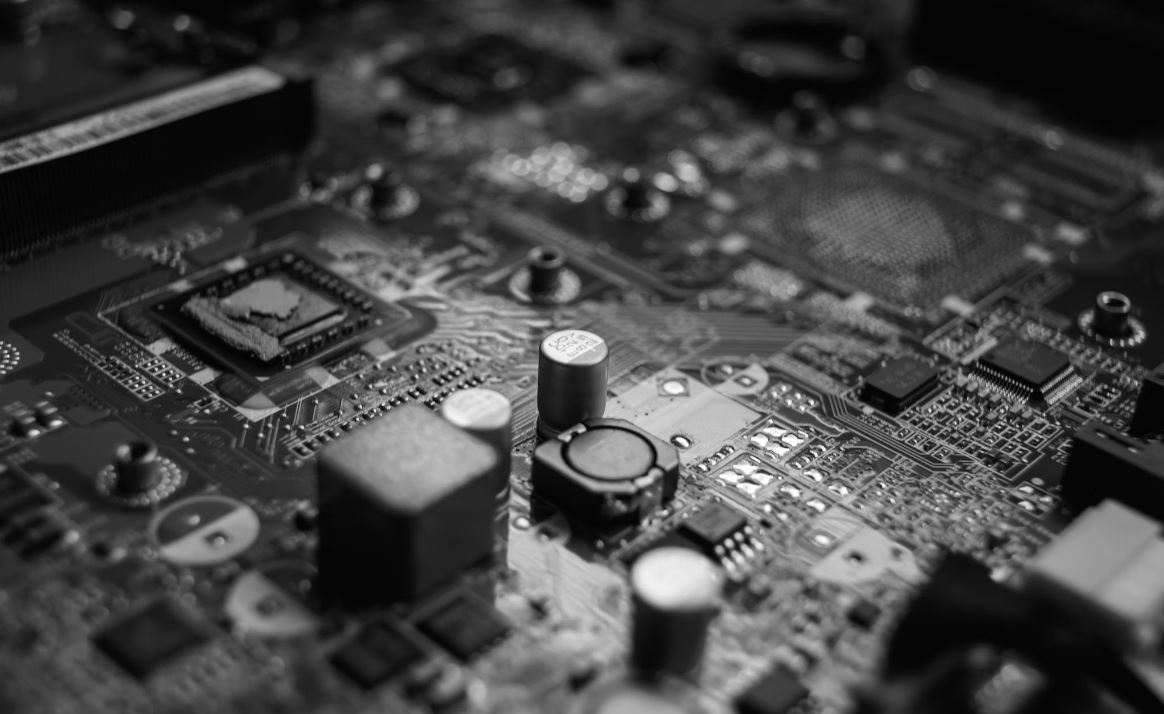
Image Generation Tools Comparison
Table comparing three popular AI image generation tools based on their features and capabilities.
| Tool | Supported Image Types | Resolution Range | Known Limitations |
|---|---|---|---|
| AI Tool A | JPEG, PNG, GIF | 256×256 – 1024×1024 | No support for vector graphics |
| AI Tool B | JPEG, PNG | 512×512 – 4096×4096 | May produce artifacts on fine details |
| AI Tool C | JPEG, PNG, BMP, TIFF | 128×128 – 8192×8192 | Longer processing times for larger resolutions |
Usage Statistics of AI-Generated Images
Table displaying the popularity and usage of AI-generated images across various industries.
| Industry | Percentage of AI-Generated Images |
|---|---|
| Advertising | 60% |
| Graphic Design | 45% |
| E-commerce | 35% |
| Entertainment | 25% |
Accuracy Comparison of AI Tool Datasets
Table comparing the accuracy rates of AI tool datasets in correctly generating images based on different object categories.
| Dataset | Accuracy Rate (%) |
|---|---|
| Cars | 92% |
| Animals | 86% |
| Furniture | 77% |
| Landscapes | 80% |
The Impact of AI-Generated Images on User Engagement
Table showing the average increase in user engagement when utilizing AI-generated images in online content.
| Content Type | Average Increase in Engagement (%) |
|---|---|
| Social Media Posts | 35% |
| Blog Articles | 20% |
| Product Listings | 45% |
| Email Campaigns | 30% |
Comparison of AI Image Generation Techniques
Table illustrating the advantages and disadvantages of two different approaches in AI image generation.
| Approach | Advantages | Disadvantages |
|---|---|---|
| Generative Adversarial Networks (GANs) | Produces highly realistic images | Requires substantial computational resources |
| Variational Autoencoders (VAEs) | Better control over generated image features | May result in less detailed outputs |
Use Cases and Applications of AI-Generated Images
Table outlining various industries and their specific applications of AI-generated images.
| Industry | Application |
|---|---|
| Architecture | Realistic visualizations of unbuilt structures |
| Fashion | Virtual try-on for clothing items |
| Healthcare | Medical image analysis and diagnosis |
| Gaming | Character and world design |
Legal and Ethical Considerations in AI Image Generation
Table highlighting the legal and ethical factors to consider when using AI-generated images.
| Consideration | Description |
|---|---|
| Intellectual Property | Potential infringement and ownership rights |
| Data Privacy | Protection of user data and consent |
| Bias and Discrimination | Fair representation and avoiding biased outputs |
| Deepfake Misuse | Risk of misuse for deceptive purposes |
Future Developments in AI Image Generation
Table showcasing upcoming advancements and research areas in the field of AI image generation.
| Area of Development | Description |
|---|---|
| Improved Training Methods | Enhancing AI models with larger and more diverse datasets |
| Interactive Image Editing | Allowing users to edit and modify generated images in real-time |
| Text-to-Image Generation | Generating images based on textual descriptions |
| Video Synthesis | Creating realistic videos from static images or limited input |
In the rapidly evolving field of AI image generation, numerous tools and techniques have emerged to revolutionize the process of creating digital visuals. This article explored various aspects of AI tools capable of generating images. The comparison of tool features, usage statistics, accuracy rates, and user engagement impacts shed light on the expanding role of AI-generated images in different industries. Additionally, the legal and ethical considerations associated with their usage were emphasized. Looking into the future, ongoing developments in training methods, interactive editing, text-to-image generation, and video synthesis highlight the continuous advancements in the field. With AI image generation becoming increasingly accessible, its integration into creative workflows is expected to flourish, endlessly expanding the potential for visual content creation and manipulation.
Frequently Asked Questions
What are AI tools that can generate images?
AI tools that can generate images are software programs which use artificial intelligence algorithms to create or transform images based on input data or user prompts.
How do AI image generation tools work?
AI image generation tools often utilize deep learning techniques, such as generative adversarial networks (GANs) or convolutional neural networks (CNNs), to learn patterns and recreate visual content. These models are trained on large datasets and can generate realistic images by interpreting the given input.
What are the applications of AI image generation tools?
AI image generation tools have various applications including creating realistic graphics for video games, generating synthetic images for testing computer vision algorithms, aiding in visual content creation for designers and artists, and even assisting in medical imaging and scientific research.
Are there any limitations to AI-generated images?
Yes, AI-generated images have limitations. While they can produce impressive results, they may still lack some of the subtleties and nuances of human-created content. Additionally, AI-generated images may face challenges with producing consistent outputs or generating highly specific or custom visuals.
What AI tools can generate realistic human faces?
Several AI tools are capable of generating realistic human faces, such as StyleGAN, DeepArt, or DALL-E. These tools employ advanced AI techniques to understand facial features, expressions, and characteristics, enabling them to generate convincing human-like images.
Can AI generate images from textual descriptions?
Yes, there are AI models like DALL-E, which can generate images based on textual descriptions or prompts. By utilizing natural language processing techniques, these tools can understand and visualize descriptions to create corresponding images.
Do AI image generation tools have ethical implications?
AI image generation tools can raise ethical concerns, particularly with the potential for misuse or the creation of convincing fake content. Deepfakes, for example, are manipulated videos or images created using AI, and they can be used to spread misinformation or deceive people.
How can AI-generated images be used responsibly?
To use AI-generated images responsibly, it is crucial to be aware of the potential for misuse and ensure that generated content is not used for deceptive or malicious purposes. Additionally, proper attribution and labeling should be applied to distinguish AI-generated images from real ones.
Are AI image generation tools accessible to everyone?
Many AI image generation tools are available for public use; however, some advanced tools may require technical knowledge or specific platforms to operate. It is essential to check the requirements and limitations of each tool to ensure compatibility and accessibility.
What are some popular AI-driven image generation tools available today?
Some popular AI-driven image generation tools in the market include DeepDream, ArtBreeder, Runway ML, and NeuralSnap. These tools offer various features and functionalities to transform or create images using the power of artificial intelligence.

